Short History of Dresden:
Dresden, located in the eastern part of Germany, has a rich history that spans over a thousand years. The city’s origins can be traced back to the Slavic settlement of Drežďany in the late 12th century. Over the centuries, Dresden became a significant cultural and economic center, especially during the Renaissance and Baroque periods.
One of the key milestones in Dresden’s history was its transformation into a major cultural hub under the rule of Augustus the Strong, Elector of Saxony, in the 18th century. During this time, many iconic Baroque buildings, such as the Zwinger Palace and the Frauenkirche, were constructed, earning Dresden the nickname „Florence on the Elbe.“
Tragically, the city suffered extensive damage during World War II, particularly during the bombing raids of February 1945, which left much of the historic center in ruins. The post-war period saw extensive reconstruction efforts, and today, Dresden stands as a testament to both its historic grandeur and its resilience in rebuilding.
Top Things to Do in Dresden:
Zwinger Palace: This Baroque masterpiece houses a collection of art and artifacts, including the Old Masters Gallery, the Royal Cabinet of Mathematical and Physical Instruments, and the Porcelain Collection.
Frauenkirche: This iconic church with its distinctive dome is a symbol of Dresden. Destroyed during World War II, it was painstakingly reconstructed and reopened in 2005. Visitors can climb to the top for panoramic views of the city.
Semperoper: Dresden’s famous opera house, the Semperoper, is renowned for its stunning architecture and world-class performances. Even if you’re not attending a show, admiring the exterior is a must.
Dresden Castle (Residenzschloss): Explore the Dresden Castle, which served as the residence for the Electors and Kings of Saxony. It houses several museums, including the Green Vault, showcasing a vast collection of treasures.
Albertinum: An art museum located on the Brühl’s Terrace, the Albertinum features a diverse collection of paintings, sculptures, and applied arts, spanning from Romanticism to contemporary art.
Blue Wonder (Blaues Wunder): This historic bridge, officially known as Loschwitz Bridge, is an architectural gem that spans the Elbe River. It provides excellent views of the city and the river.
Dresden’s Old Town: Wander through the charming streets of the Altstadt (Old Town), where you’ll find beautiful squares, historic buildings, and a lively atmosphere. The Neumarkt square, surrounded by reconstructed historical buildings, is particularly noteworthy.
Dresden Heath (Dresdner Heide): For nature enthusiasts, the Dresden Heath offers a retreat with walking and biking trails. It’s a great place to escape the urban hustle and bustle.
Pillnitz Palace and Park: Located on the outskirts of Dresden, Pillnitz Palace is surrounded by picturesque gardens and a riverside park. The palace complex is a fine example of Saxon Baroque architecture.
Dresden Christmas Market: If you visit during the winter holiday season, the Dresden Striezelmarkt, one of Germany’s oldest Christmas markets, is a magical experience with festive stalls, lights, and seasonal treats.
Dresden is a city that seamlessly blends its historic charm with modern vibrancy, offering a diverse range of attractions for visitors to explore.
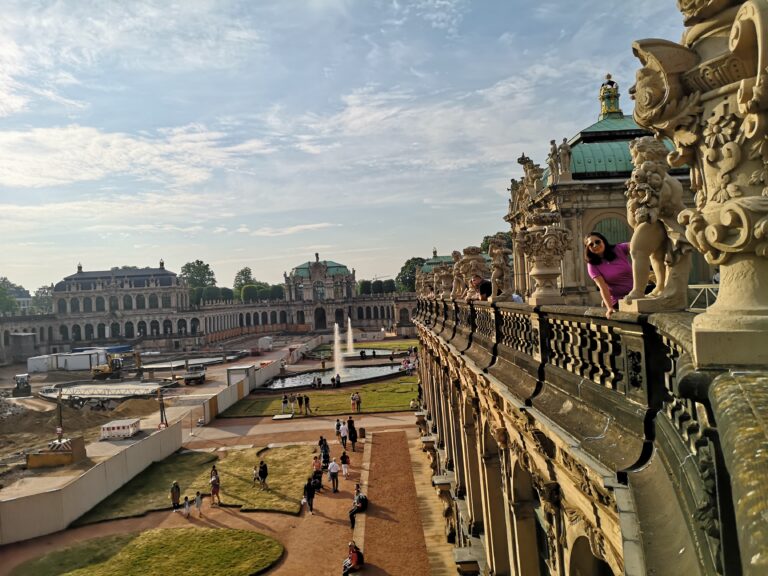
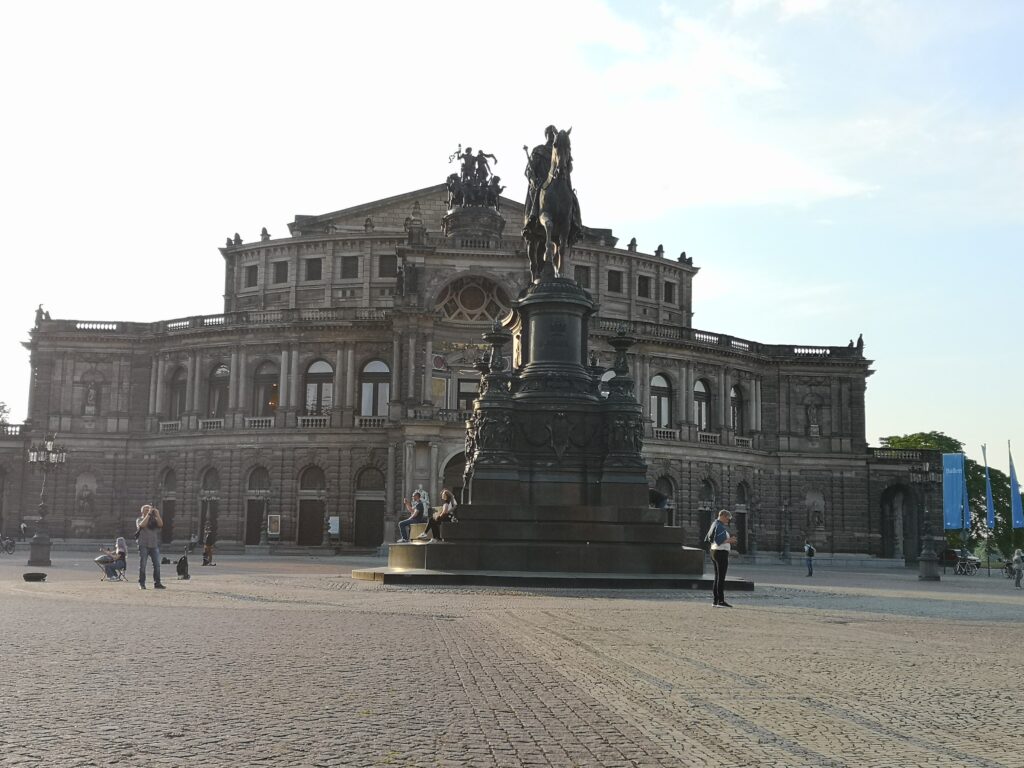
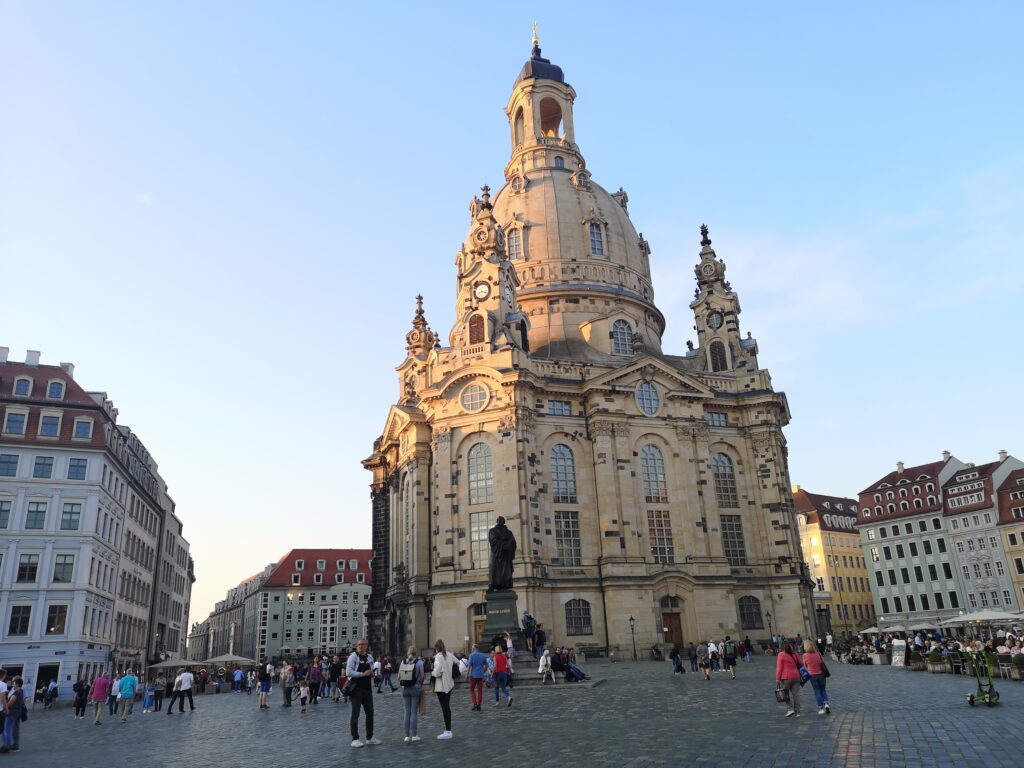
Adding Saxon Switzerland National Park to your list of things to do in Dresden is an excellent choice. Located southeast of Dresden along the Elbe River, Saxon Switzerland (Sächsische Schweiz) is a stunning national park known for its unique sandstone formations, deep ravines, and breathtaking landscapes. The park extends into the Czech Republic, where it is called Bohemian Switzerland.
Key Features of Saxon Switzerland:
Bastei Bridge: One of the most iconic landmarks in the park, the Bastei Bridge offers panoramic views of the Elbe River and the surrounding sandstone formations. The bridge is perched high above the Elbe, providing a spectacular vantage point.
Schrammsteine: These striking sandstone formations are popular among hikers and climbers. The Schrammsteine offer challenging trails with rewarding views of the Elbe Sandstone Mountains.
Pravčická brána (Pravčická Gate): Located on the Czech side of the park, this natural sandstone arch is the largest of its kind in Europe. It’s a picturesque spot that attracts visitors with its unique rock formations.
Königstein Fortress: While technically outside the national park boundaries, Königstein Fortress is a historic hilltop fortress that provides impressive views of the surrounding landscapes. It’s easily accessible from Saxon Switzerland.
How to Get to Saxon Switzerland National Park from Dresden:
The national park is approximately 30 kilometers southeast of Dresden, and there are several ways to get there:
By Train: You can take a train from Dresden to the town of Bad Schandau , which serves as a gateway to the national park. From Bad Schandau, local buses or a ferry can take you further into the park.
You can also take a train from dresden to Kurort Rathen. If you arriving by train, you will need to walk from the train station down to the ferry station and take the ferry across to the other side. It costs 2,50 Euros per adult for a roundtrip crossing.By Car: Renting a car provides flexibility and convenience for exploring the park. The journey takes about 45 minutes by car. Follow the A17 and S165 roads to reach the park.
Guided Tours: Consider joining a guided tour that departs from Dresden. Many tour operators offer day trips to Saxon Switzerland, providing transportation and guided hikes to key attractions.
Boat Trip: During the warmer months, you can also take a scenic boat trip along the Elbe River from Dresden to Bad Schandau, enjoying picturesque views along the way.
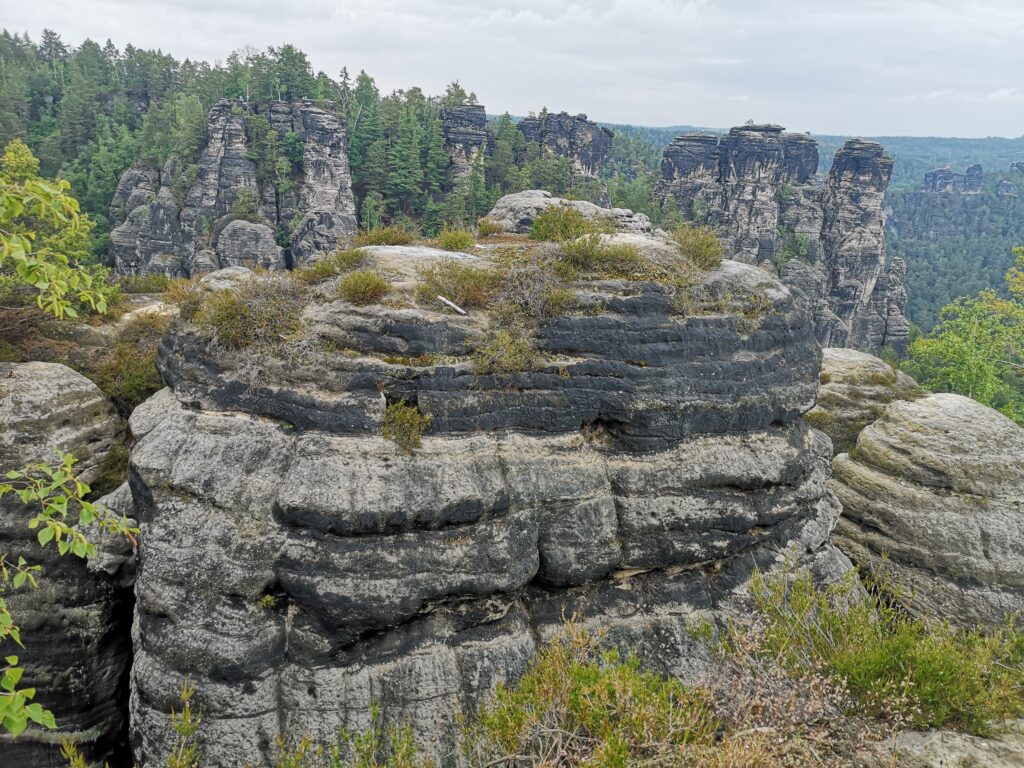
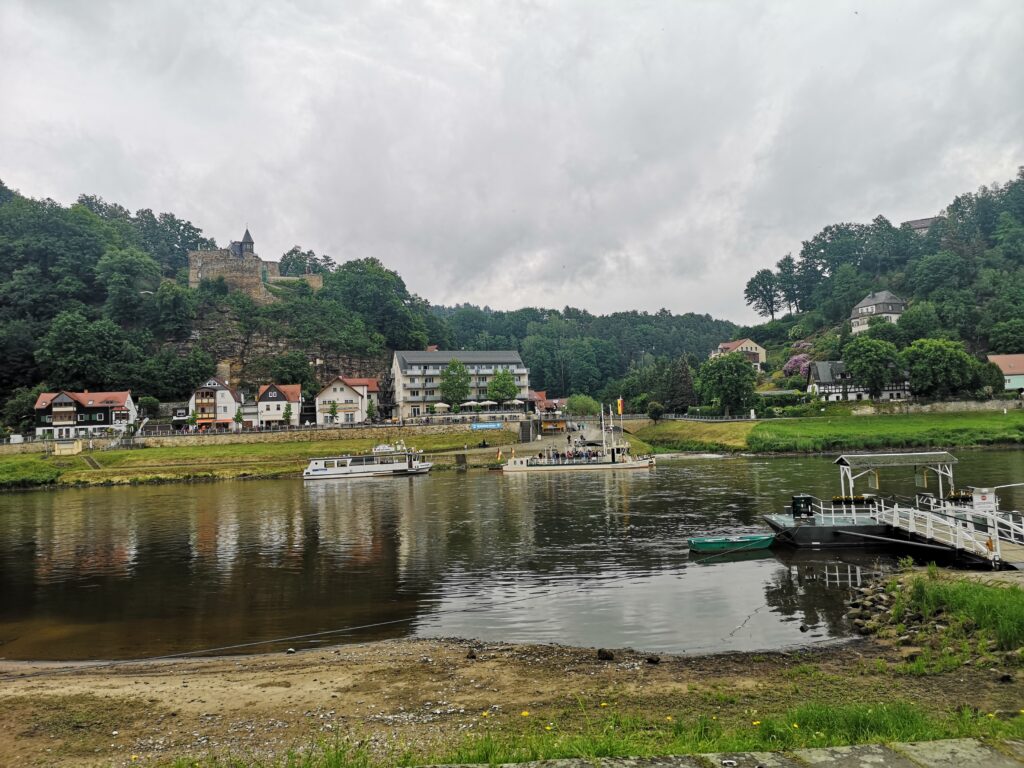



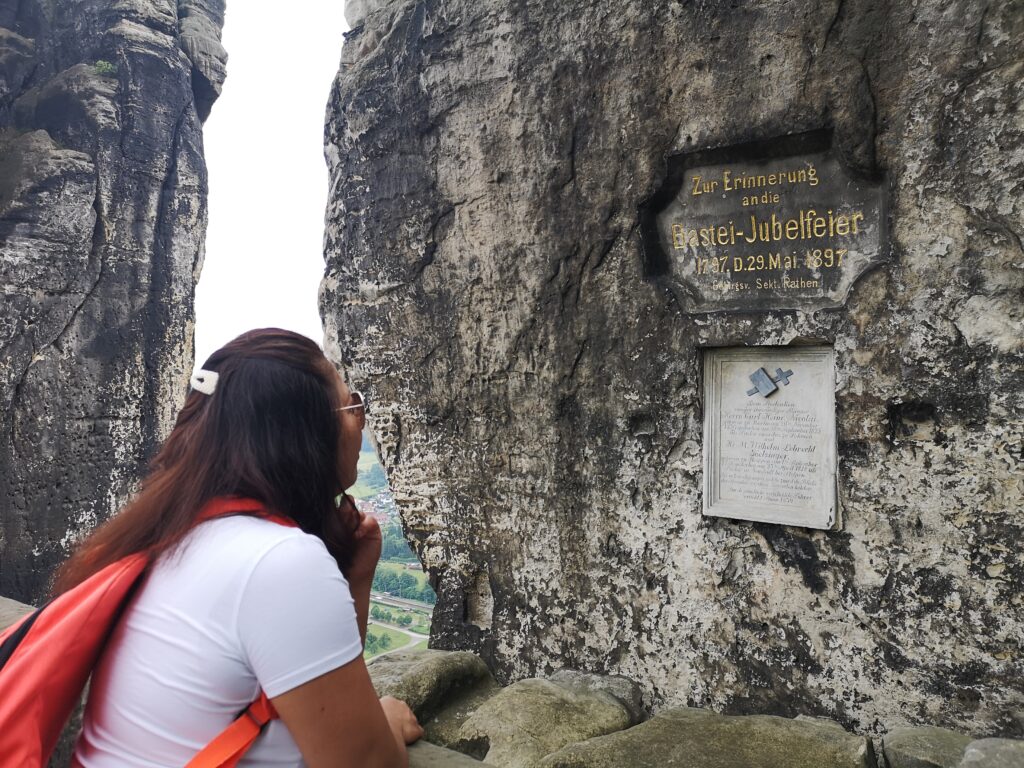
Saxon Switzerland National Park is a haven for nature lovers, hikers, and outdoor enthusiasts. The diverse landscapes and geological wonders make it a must-visit destination when exploring the Dresden region.
Guided Tours you can book here ↷
Where to stay? you can book here ↷

